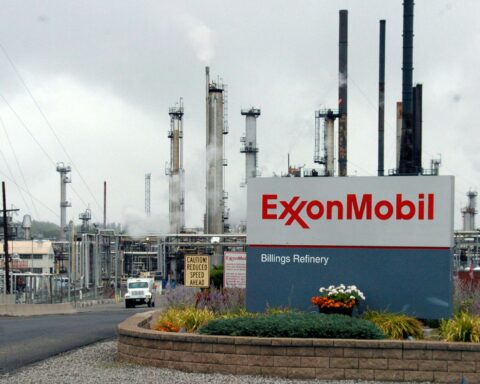For some time, ExxonMobil has called for the direct regulation of methane emissions from new and existing oil and natural gas operations. Considering ExxonMobil is one of the world’s largest producers of oil and natural gas, that fact may surprise some people. But we know that methane emissions can be reduced responsibly and economically, which is why we believe it makes sense for rules to be put in place that facilitate such progress.
What might those rules look like?
This week we unveiled our own proposal – a Model Regulatory Framework for our industry to mitigate methane emissions from new and existing oil and gas operations. This framework is the product of intensive study and implementation of controls for the major sources of emissions in our own operations.
Notably, it builds on actual mitigation measures that ExxonMobil has been applying to our operations year-in and year-out, resulting in improvements that demonstrate what’s practicable and achievable. As our recently published Sustainability Report shows, methane emissions from our U.S. unconventional production and midstream operations were down by nearly 20 percent as of August 2019 compared to 2016. Moreover, we are on track this year to meet our pledge to reduce company-wide methane emissions by 15 percent compared to four years ago.
As our CEO Darren Woods said in the press release, we offer this framework as a blueprint for companies across every aspect of our industry to make step-change improvements that will help reduce the oil-and-gas sector’s methane emissions.
We’ll continue to lay out specifics in this space for how some of this can work, particularly by applying advanced technologies to detect leaks, such as drones and airplane flyovers.
We hope this framework is helpful to companies as they curb their own emissions and for governments to consider as they develop methane regulations.
Staale Gjervik is Senior Vice President, Unconventional, ExxonMobil Upstream Oil & Gas Company.






